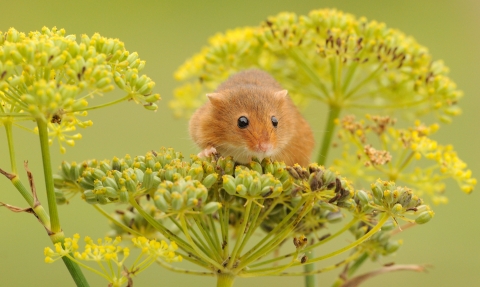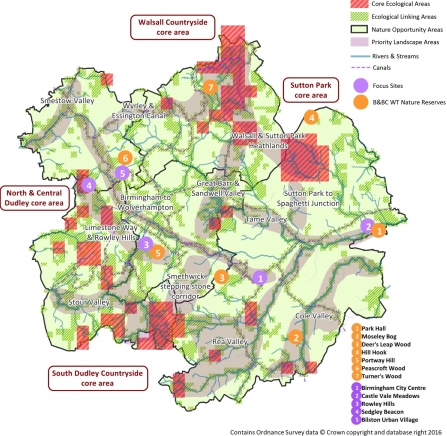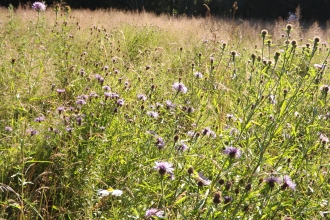
Credit: Amy Lewis
Our Nature Recovery Network
The UK today is a human-dominated landscape. Most original habitats have gone, and natural ecosystems are fragmented. Woods, meadows, ponds and other places with lots of wild plants and animals are getting smaller, fewer, more polluted, and more cut-off from each other. Most of our plants and animals are declining. One in ten face extinction.
Given the pressure on land for food, roads and housing, this is not surprising. However, our separation from nature has led to other unintended negative effects.
Our lifestyles are unsustainable and overlook the value of natural systems. We need healthy soil to grow food in, clean air to breathe, clean water to drink, and green space for exercise and relaxation. No one disputes this – yet our farming and planning systems have often taken us in the opposite direction.
Wildlife can be brought back when the will and the space is there. Previous generations lived with clouds of butterflies, snowstorms of moths, and hedges shaking with dense flocks of farmland birds.
We need to decide what kind of future we want – wilder, or not?

Credit: @WTBBC
Wildlife and natural systems joined up, and working, everywhere
A Nature Recovery Network is a joined-up system of places important for wild plants and animals, on land and at sea.
It allows plants, animals, seeds, nutrients and water to move from place to place and enables the natural world to adapt to change. It provides plants and animals with places to live, feed and breed.
It can only do this effectively if, like our road network, it is treated as a joined-up whole.
Download a FREE guide to Nature Recovery Networks here
Find out about our work to create a nature recovery network
Credit: @WTBBC

